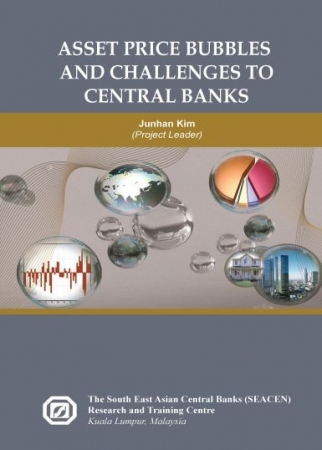The experience from the 2007 – 2009 global financial crisis was a wake-up call for central bankers. In the past decade central bankers around the world have become more confident that they can control economic fluctuations including inflation. Many countries have adopted inflation targeting as their monetary policy framework. The success of inflation targeting in combating inflation led central bankers to believe not only that they have conquered inflation but also that they can even flatten business cycles ups and downs of economic activities such as consumption and investment. Inflation was well managed around what many believe as a level close to price stability business cycles were mitigated and a few isolated incidences of financial crises responded well to active interventions undertaken by central banks and governments. In this research study the causes of the current financial crisis are not analysed in depth. Instead recognising the possible causes of asset prices bubbles and analysing the consequences would enable us to better understand the current crisis and be forward looking to the possible onset of future financial instability. The individual countrys experiences on asset price fluctuations are reviewed while the causes of and the consequences from them are analysed. Policy recommendations are then suggested for preventing and optimally responding to a possible future crisis.
-
About Us
-
Events
-
Publications
-
About The SEACEN Centre
-
The Centre's Governance
-
Courses

